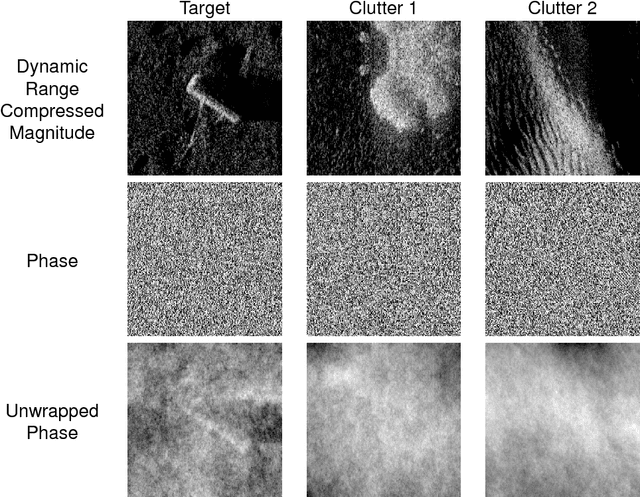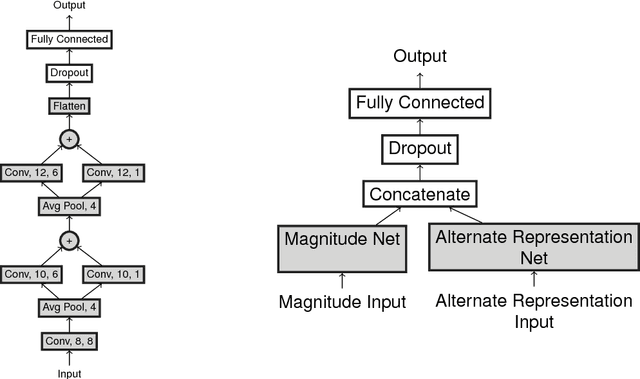Additional Representations for Improving Synthetic Aperture Sonar Classification Using Convolutional Neural Networks
Paper and Code
Oct 15, 2018



Object classification in synthetic aperture sonar (SAS) imagery is usually a data starved and class imbalanced problem. There are few objects of interest present among much benign seafloor. Despite these problems, current classification techniques discard a large portion of the collected SAS information. In particular, a beamformed SAS image, which we call a single-look complex (SLC) image, contains complex pixels composed of real and imaginary parts. For human consumption, the SLC is converted to a magnitude-phase representation and the phase information is discarded. Even more problematic, the magnitude information usually exhibits a large dynamic range (>80dB) and must be dynamic range compressed for human display. Often it is this dynamic range compressed representation, originally designed for human consumption, which is fed into a classifier. Consequently, the classification process is completely void of the phase information. In this work, we show improvements in classification performance using the phase information from the SLC as well as information from an alternate source: photographs. We perform statistical testing to demonstrate the validity of our results.
 Add to Chrome
Add to Chrome Add to Firefox
Add to Firefox Add to Edge
Add to Edge